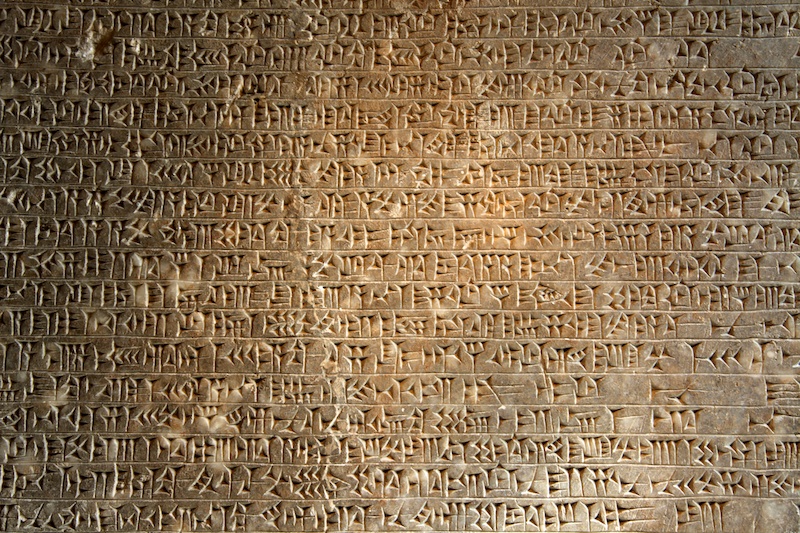Pertaining to CC101’s study of Gilgamesh and ancient Mesopotamia, is this article on the completed Assyrian tongue. As a dead language that has not been spoken for two millennia, the project was started in 1921 and took 90 years to complete. Dr. Irving Finkel, a contributor to the project, describes it as “a heroic and significant moment in history” and “a miraculous thing”.
The Chicago Assyrian Diction is 21 volumes in length and was compiled by close study of texts written on clay and stone tablets found between the Tigris and Euphrates rivers in what is now Iraq, Syria and Turkey. These tablets included scientific, medical and legal documents, love letters, epic literature like Gilgamesh and messages to the gods.
So why put all of this effort into a language that hasn’t been spoken since the days of Caesar?
The ancient Greeks, Romans and Egyptians are far more prominent both in the public consciousness and in school and university curriculums these days. But in the 19th Century it was Mesopotamia that enthralled – partly because researchers were looking for proof of some of the bible stories, but also because its society was so advanced. “A lot of the history of how people went from being merely human to being civilised, happened in Mesopotamia,” says Prof Stolper. All sorts of major advances are thought to have their earliest origins there, and – crucially – Mesopotamia is believed to be among three or four places in the world where writing first emerged. The cuneiform script – used to write both Assyrian and Babylonian, and first used for the Sumerian language – is, according to Dr Finkel, the oldest script in the world, and was an inspiration for its far more famous cousin, hieroglyphics.
The dictionary is over $2000 but it may be downloaded for free here.


One Comment
john posted on November 18, 2019 at 11:14 am
And who told you that this language is dead .. We exist, sir